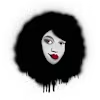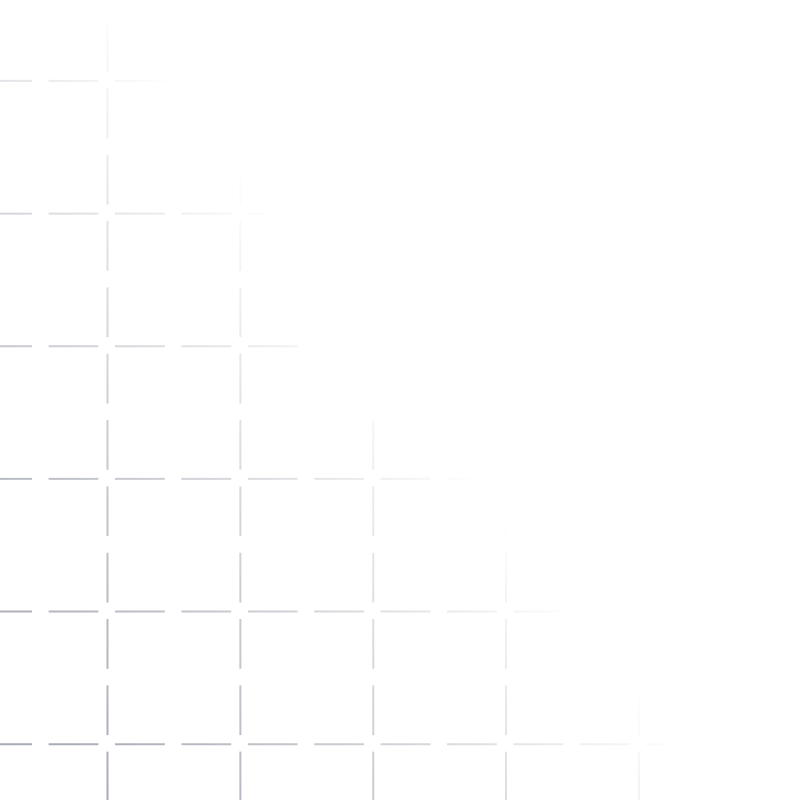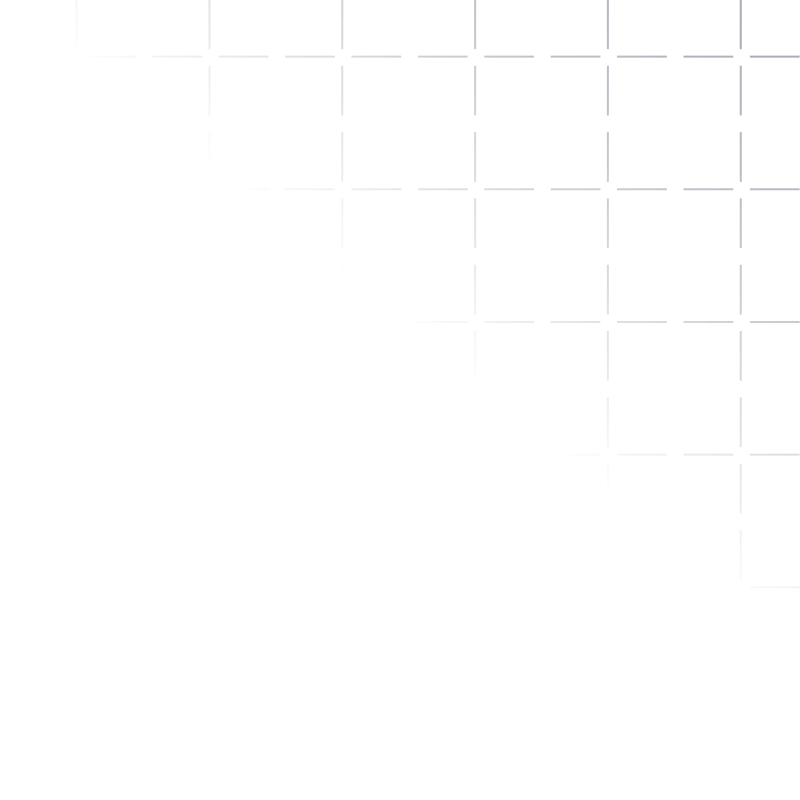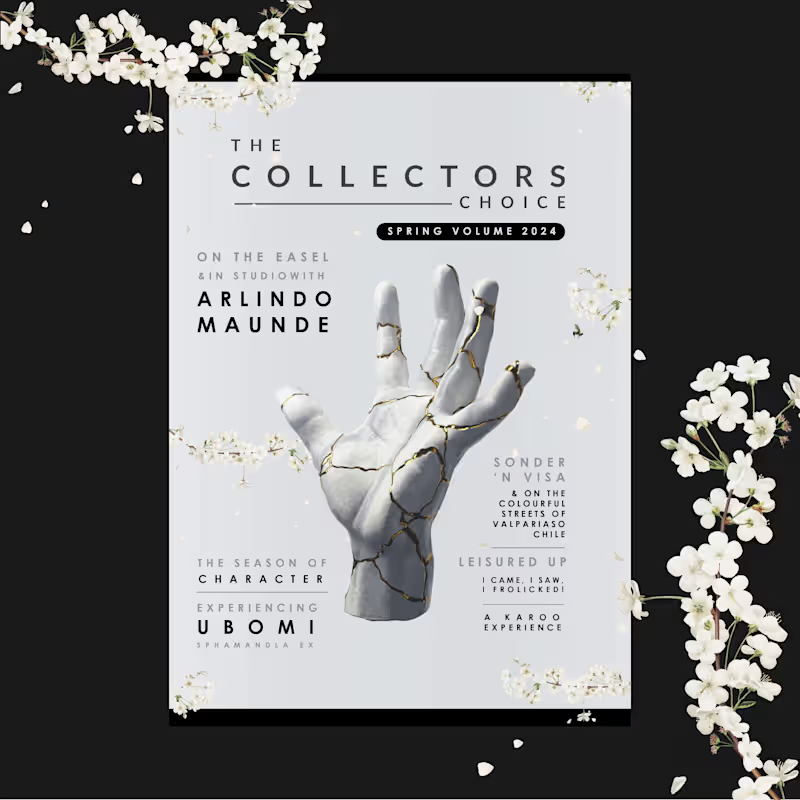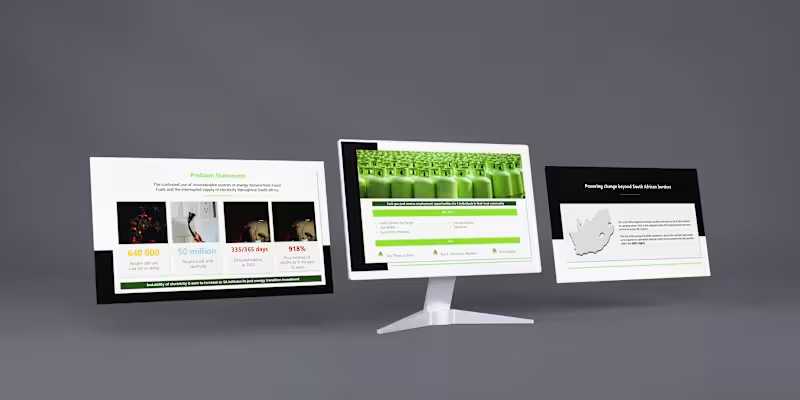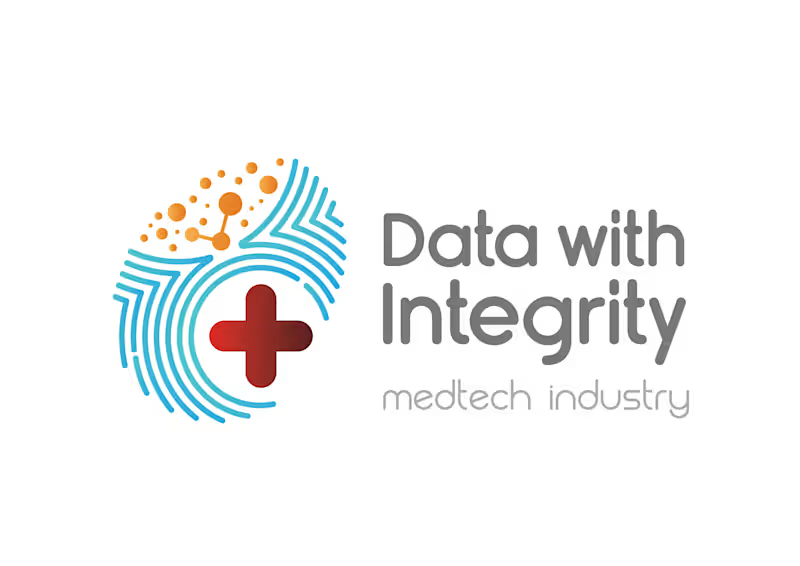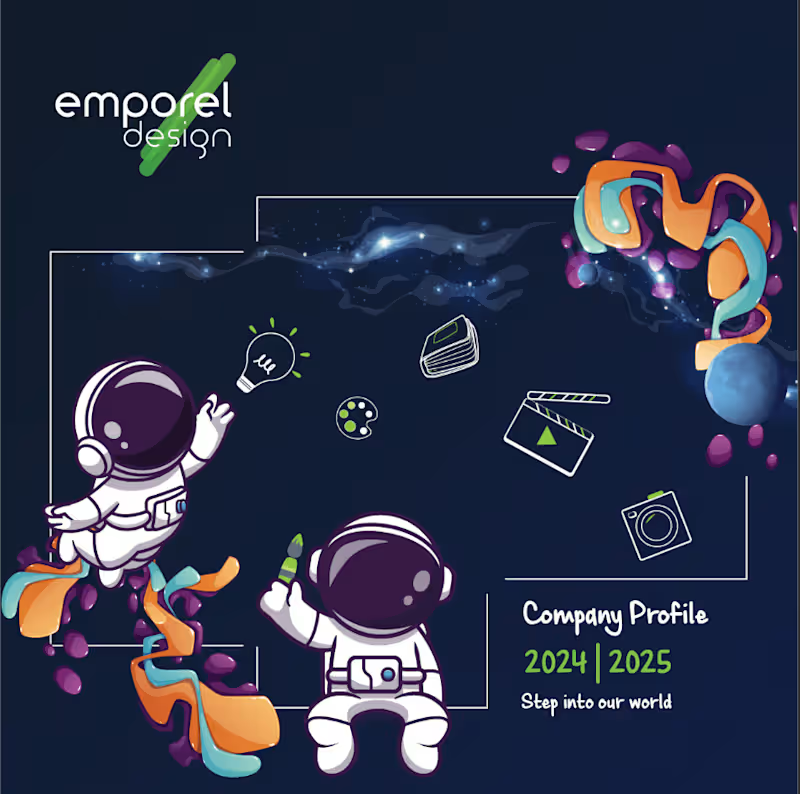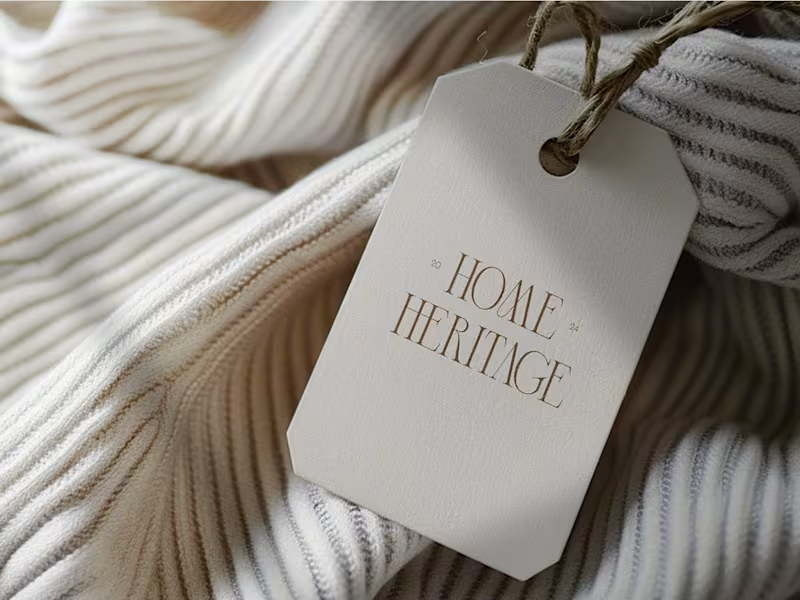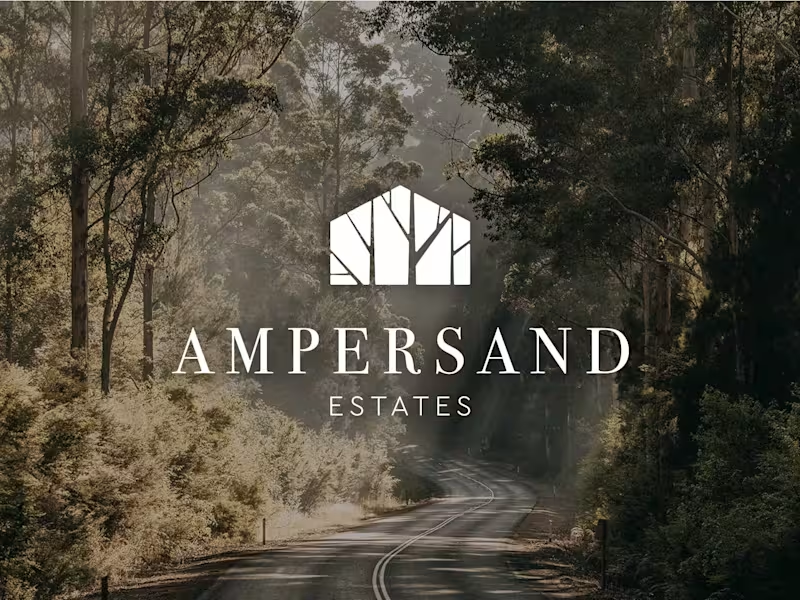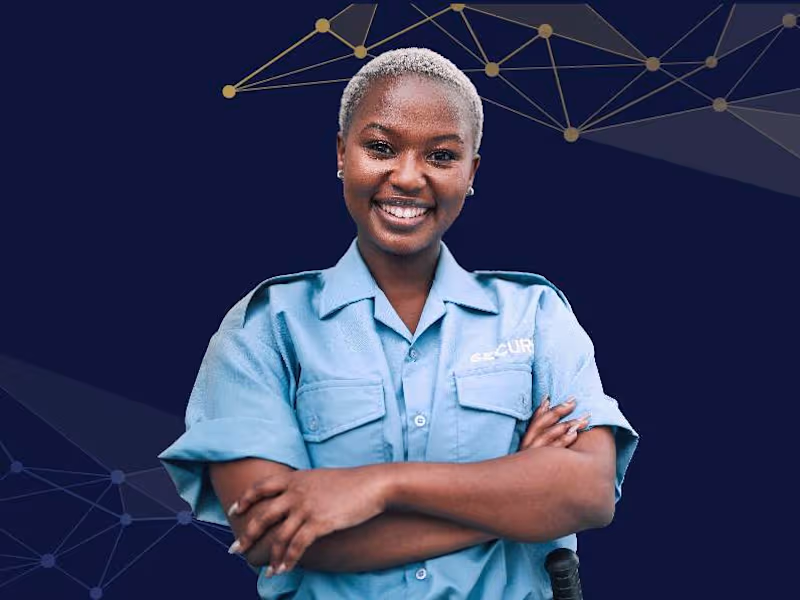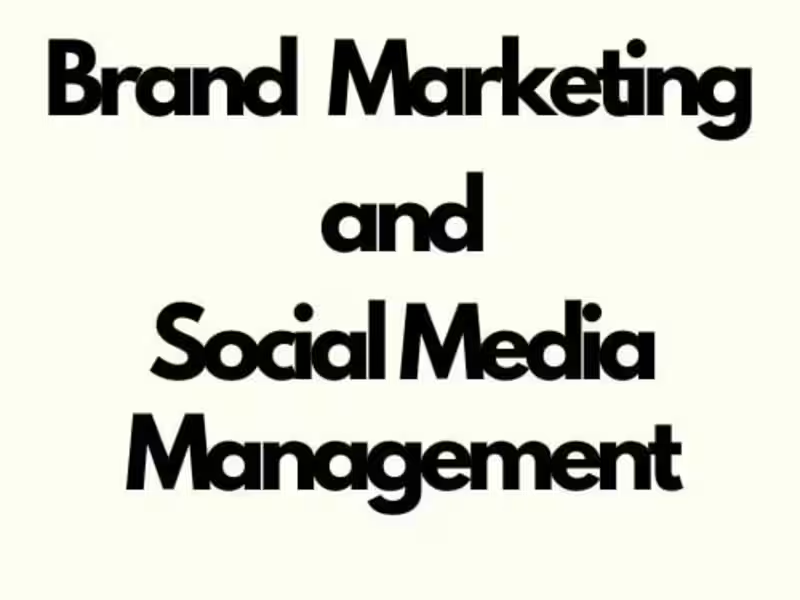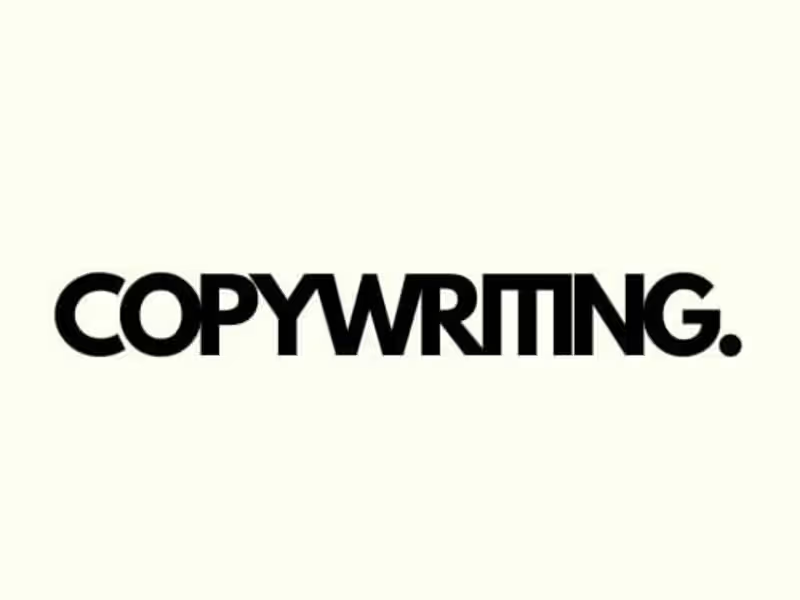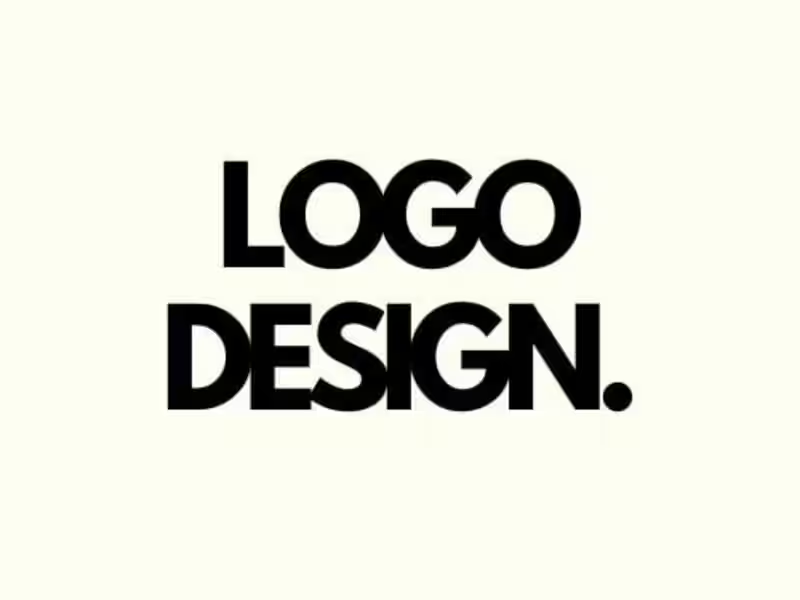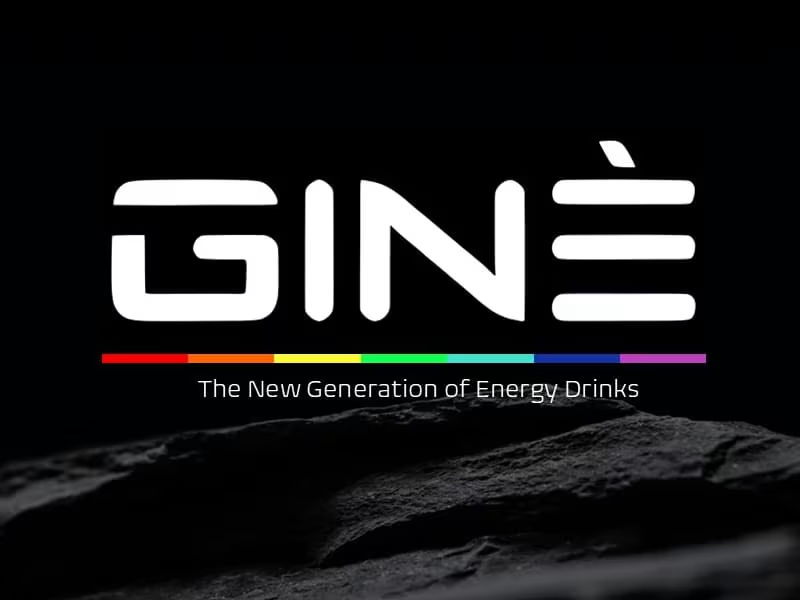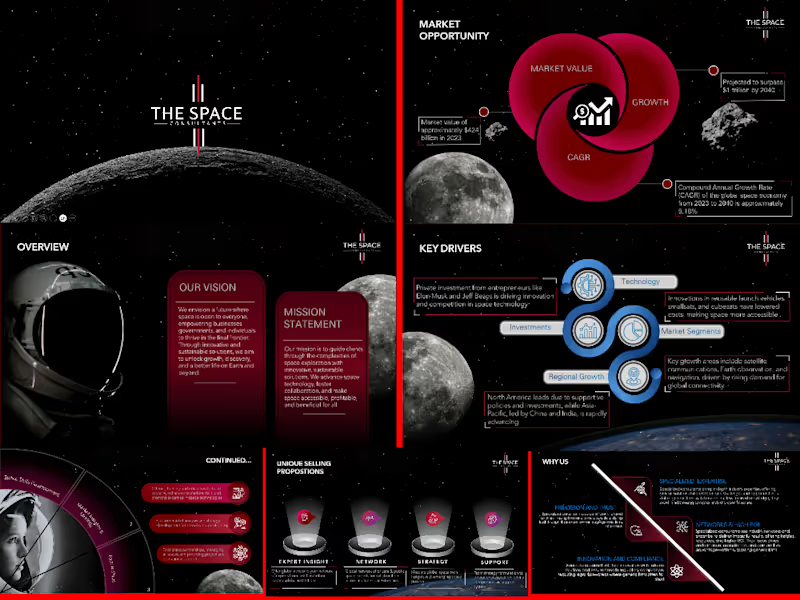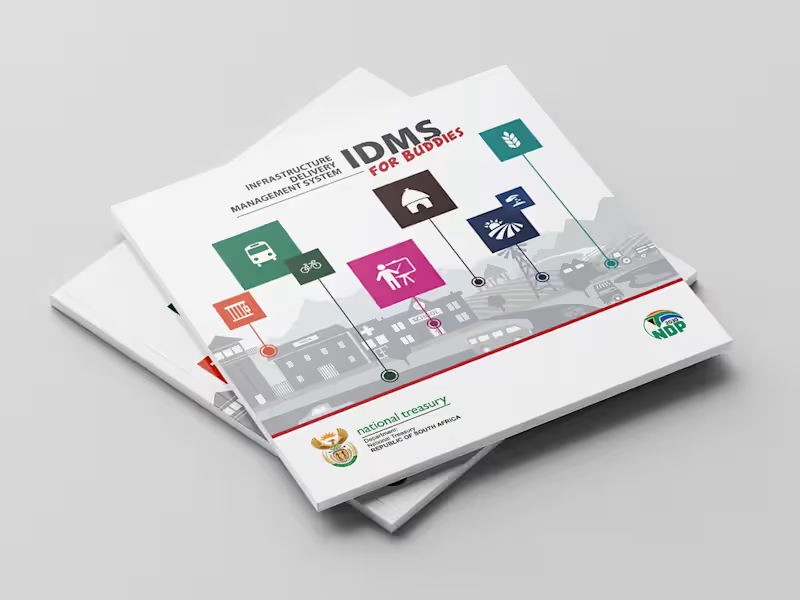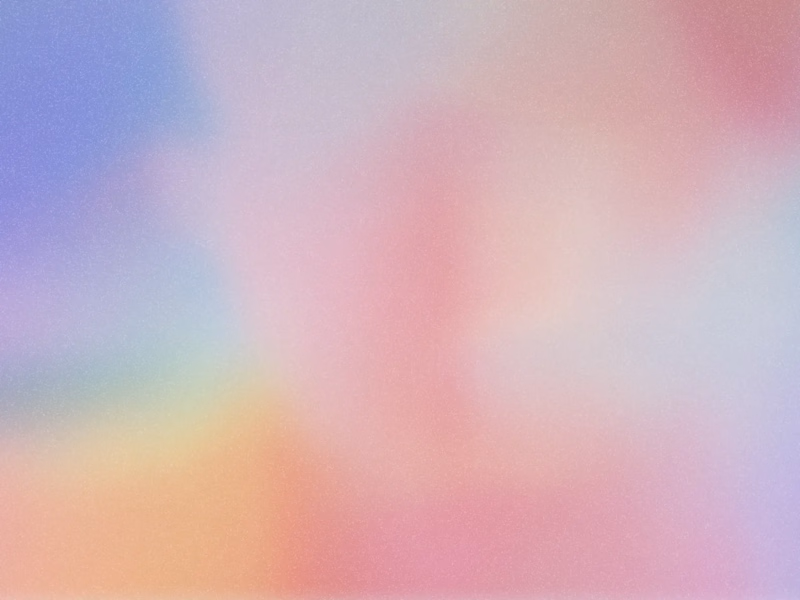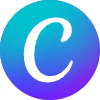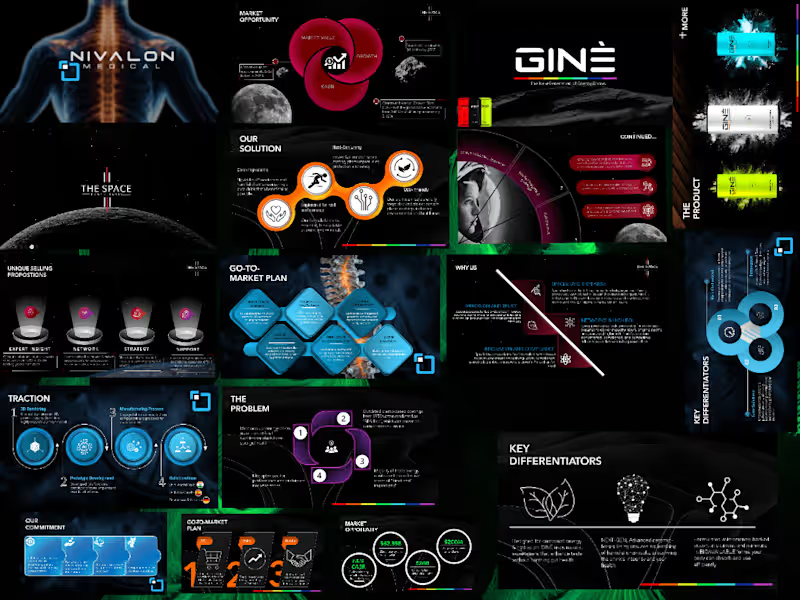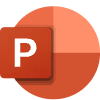What should I look for in a freelancer's portfolio?
Check the infographic designer's previous work for creativity and clarity. Look for different styles and see if they match what you like. Make sure designs are easy to understand, with good use of colors and space. Focus on projects that are similar to yours, especially those done for clients in Gauteng if your project is based there.
How do I define my project's goals for the designer?
Write down what you want to achieve with your infographic. Think about the key message and who the audience is. The more specific you are, the better the designer can help. Share examples of what you like and make sure the goals are clear.
How can I clarify the timeline for my project?
Decide when you need the infographic ready and work backward for a start date. Discuss milestones with the designer, like drafts or feedback sessions. Be clear about your timeline needs, while considering the designer's input and availability, especially if they are based in Gauteng.
What should I include in the project brief?
Describe what your infographic needs to show and any data it needs to include. Share your brand colors, fonts, or any existing designs to match. Include details about size or format requirements. Let the designer know if the infographic is part of a bigger project.
How can I ensure effective communication with the designer?
Set up regular times to check in, either by email or video call. Agree with the designer on how you will give feedback. Make sure all parties understand your communication style to prevent misunderstandings. For Gauteng-based projects, consider the time zone when scheduling check-ins.
How do I specify the design style I am looking for?
Share examples of styles you like from the designer’s portfolio or elsewhere. Explain what elements you admire, like color, layout, or use of icons. Provide any logos or branding components that need to be included. Consultants in Gauteng can often provide useful localization tips for regional styles if needed.
What is the best way to agree on deliverables?
Create a list of what you expect, like the number of drafts or the final design files. Write down the formats you need them in, such as PNG or PDF. Make sure both you and the designer have a copy of this list to refer back to. Having clear deliverables helps keep the project on track.
How can I make sure the final product meets my needs?
Schedule time to provide detailed feedback on drafts. Be specific about what you like or want changed in the design. Make sure each point is understood, and keep a checklist of your needs. Once you’re satisfied with the adjustments, finalize the design.
How do I discuss the process of revisions with the designer?
Clarify upfront how many revisions are included in the project. Agree on how you will request changes and how quickly they can make them. Knowing the revision process helps avoid surprises and keep everything running smoothly. This can be particularly helpful if your revisions require collaboration with a team in Gauteng.
Who is Contra for?
Contra is designed for both freelancers (referred to as "independents") and clients. Freelancers can showcase their work, connect with clients, and manage projects commission-free. Clients can discover and hire top freelance talent for their projects.
What is the vision of Contra?
Contra aims to revolutionize the world of work by providing an all-in-one platform that empowers freelancers and clients to connect and collaborate seamlessly, eliminating traditional barriers and commission fees.
